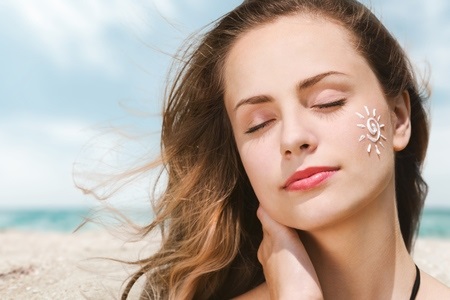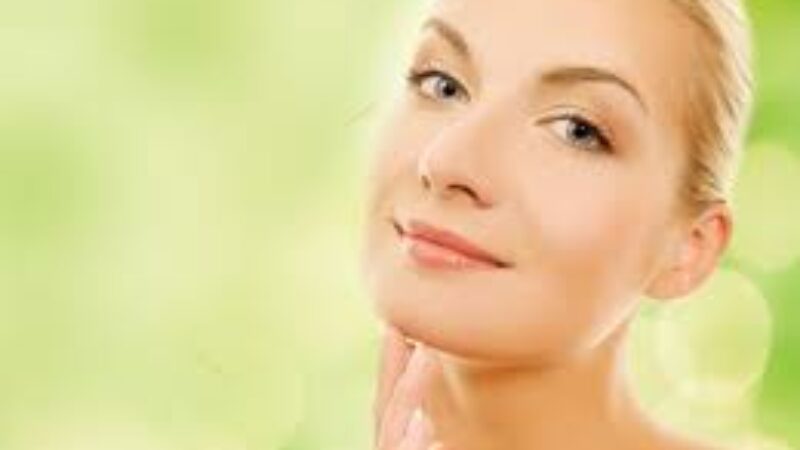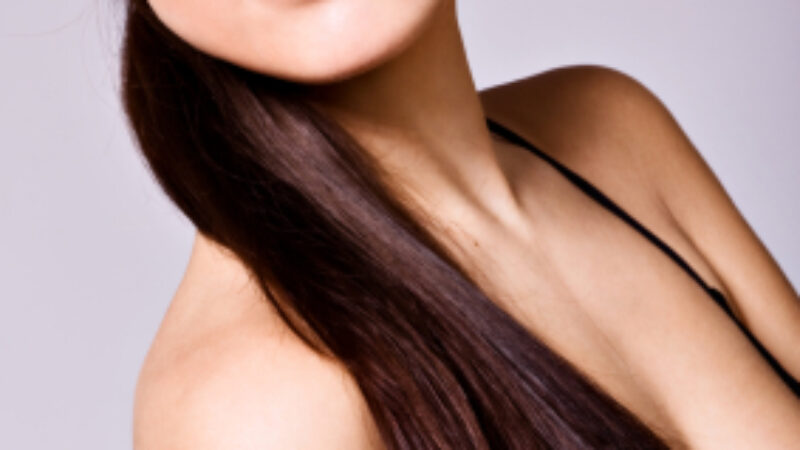Scientists working at the University of Southern California appear to have identified a “sunscreen gene” that helps to repair damage done by sun exposure. This discovery could potentially be instrumental in developing new drugs in the fight against skin cancer by stimulating the UV-resistant gene to work at optimum levels.
Researchers used data from 340 melanoma patients as well as test cells that had either normally functioning UV-resistant genes or cells that had mutated or lower levels of the gene. After administering UV shots to the test cells, researchers found that after 24 hours, the normal cells had repaired 50% of the UV damage whereas the cells with the defective gene had repaired only 20%. They concluded that the population who have either mutated or lower levels of the UV-gene may be at a higher risk of developing melanoma or other skin cancers after repeated UV exposure. The study was also able to link lower survival rates and more advanced spreading of the disease in those whose sunscreen genes were impaired.
Knowing that each person has a natural level of resistance to developing skin cancer may be comforting. However, this resistance still isn’t enough to overcome all of the damage that UV exposure causes. The most effective way to protect yourself is still to use your ‘sun smarts’.
If you’re planning a much-deserved spring getaway, now’s the perfect time for a little sun smart refresher course. We have yet to find a better campaign than the Australian “Slip, Slop, Slap” program:
Slip on a shirt: Clothing should be your first line of defence against UV rays. A cool but long-sleeved t-shirt works by effectively physically blocking or absorbing harmful radiation that can burn and age the skin. Not all fabrics will get the job done. Read more about choosing UV-protective clothing in our blog here.
Slop on some sunscreen: And, be generous! No sunscreen protects 100% so we really need to use more and reapply often. A recent international survey conducted by the George Washington University revealed that out of the 20,000 participants, a full 40% still did not even consider using sunscreen daily. Anthelios XL SPF 50+ Comfort Crème for the face has been a customer and staff favorite for years as the one for everyday wear. As melanoma rates continue to climb, researchers consider this a “global wake-up call” in skin care prevention. For tips on maximizing sunscreen effectiveness, take a look at our sunscreen secrets here.
Slap on a hat: Wide-brimmed hats provide ideal sun protection, especially on parts of the body that we may be otherwise neglecting, such as the tops of the ears, lips, forehead, eyes, the back of the neck and even the scalp. Now that we’ve got you thinking about commonly missed areas, a solid sunscreen like Ombrelle SPF 50+ Face Stick with Mexoryl XL is an easy way to get targeted protection on the skin.
In the last decade, the Australian campaign has added Seek and Slide to its catchy slogan. Seek shade when possible, especially between the peak hours of 10am and 4pm, and slide on a pair of UV-protective sunglasses which will help to protect you from head to toe.
Those Australians must be doing some right: the country is the first to boast the honor of a declining rate of melanoma per capita, a rarity in the world.



